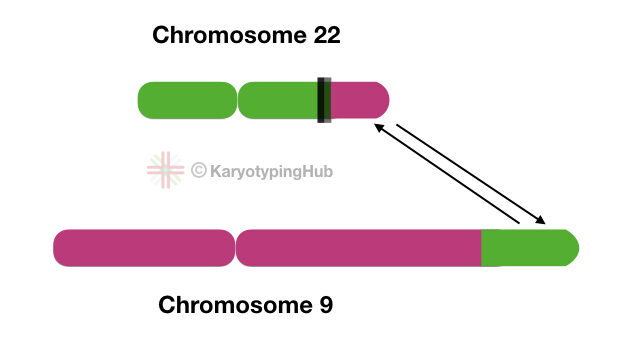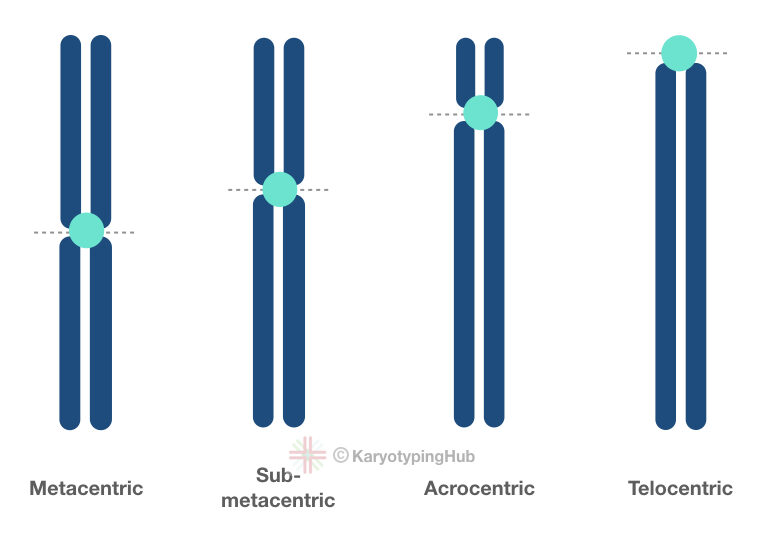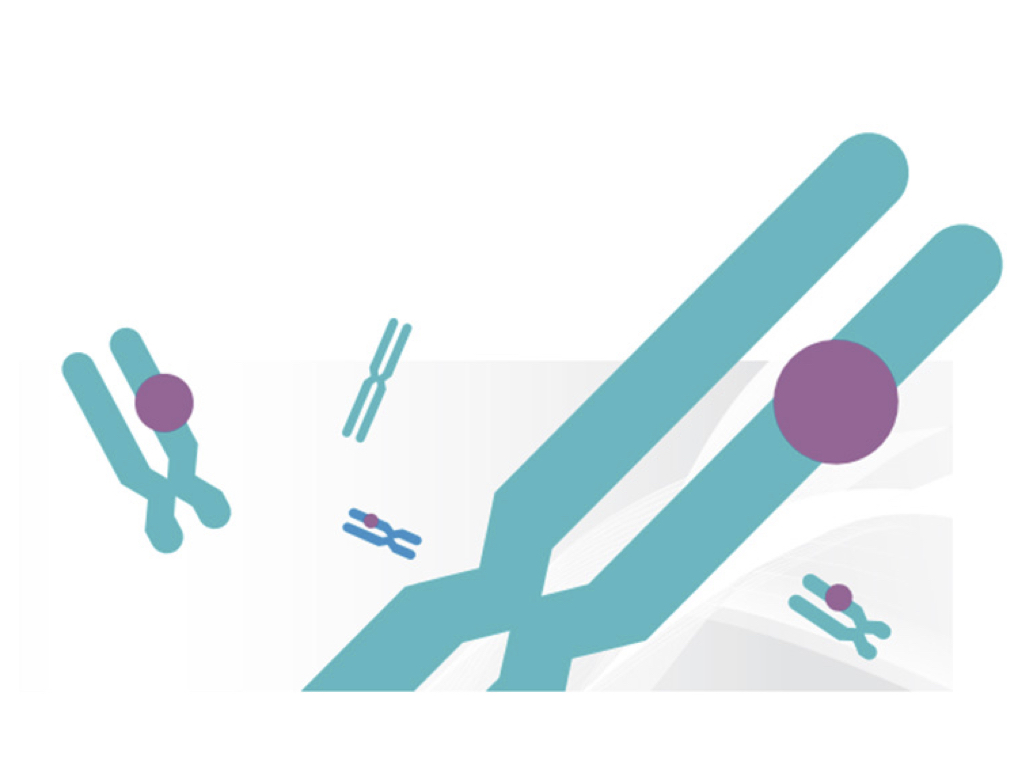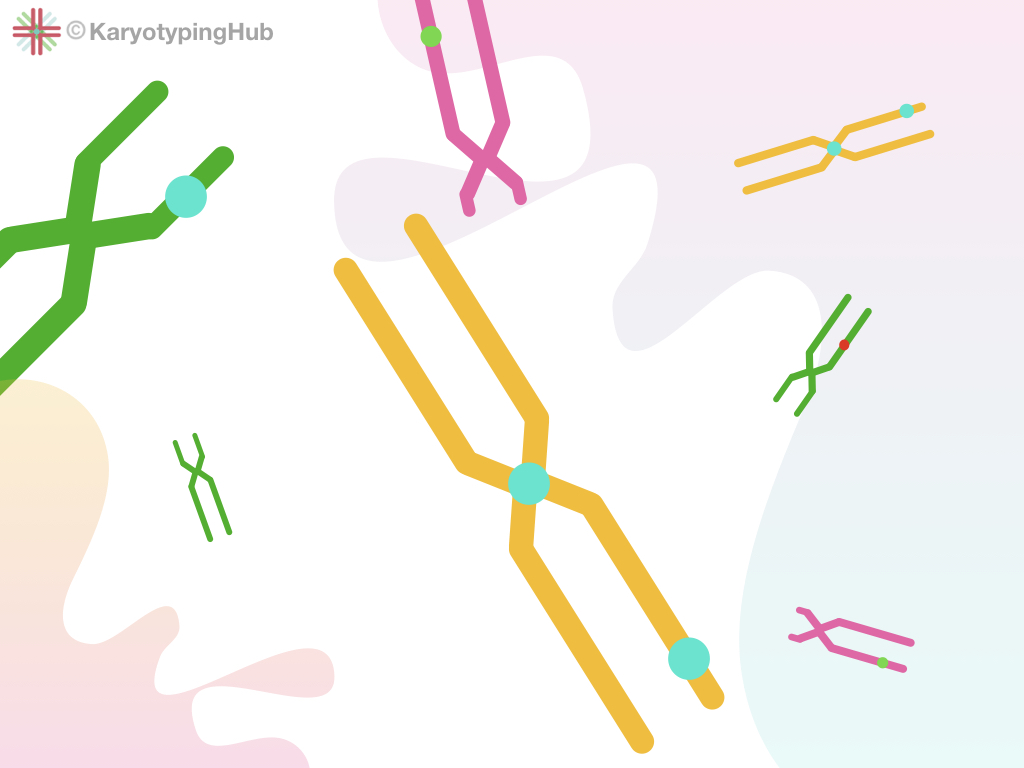Talk of the topic: Brief information of karyotype, why it is important, and what are its applications. In the present article, we have enlisted some of the possible applications of the present method.
A karyotyping is one of the most powerful, versatile, and traditional cytogenetic techniques used to observe and analyze chromosomes. Anomalies like deletion, duplications, inversion, number of chromosomes can be studied by it.
Majorities of cells and bodily fluids can be used to perform karyotyping. Cell culture, harvesting, chromosome staining & banding, and results analysis are the various steps of the present method.
Read more: Introduction to Karyotype.
What is karyotyping used for?
The method karyotyping is used to observe and study the chromosomes and to find out related abnormalities. This means that by studying the chromosomal constituent of a patient we can identify various chromosomal anomalies, although not all.
Finding a difference in chromosome number:
Different organisms have different numbers of chromosomes on which all the genomic DNA is located. For example, humans have 46 numbers of chromosomes in 23 pairs. This number remains unchanged throughout life.
Change in the chromosome number causes serious health issues. For example, a condition is known as Down syndrome is a type of numerical chromosomal abnormality and is occurred due to one extra chromosome.
The event is known as disjunction causes three 21 numbers of chromosomes instead of two.
Other numerical chromosomal abnormalities are enlisted in the table below,
| Abnormality | Numerical abnormality | Cytogenetic indication |
| Edward’s syndrome | Trisomy 18 | 47; (XX/XY), tri18 |
| Patau syndrome | Trisomy 13 | 47;(XX/XY), tri13 |
| Klinefelter syndrome | Disomy of X | 47, XXY |
| Turner syndrome | Monosomy of X | 45, XX/X0 |
Finding a relative difference between chromosome numbers of various species.
Chromosome number varies among species. In order to study the chromosomal constituents of different species, we have to differentiate them on the basis of the chromosome numbers.
Using cytogenetic techniques like the karyotyping difference in the relative chromosomes numbers in various species can be identified. Number of chromosomes in different species are given into the table below,
| Species | Number of chromosomes |
| Human | 46 |
| Dog | 78 |
| Rabbit | 44 |
| Chicken | 78 |
| Horse | 64 |
| Cat | 38 |
| Pea plant | 12 |
| Onion | 14 |
| Zea mays | 10 |
Finding size difference:
Every chromosome is different from one another. The reason is that different chromosomes have different genetic compositions on it. For instance, the Y chromosomes of males have the least number of genes.
Moreover, chromosome 22 is one of the smallest among all human chromosomes. The relative size of the chromosomes can be determined by the present technique. By doing so, we can estimate the loss and gain of the genetic composition of chromosomes.
Finding chromosomal aberrations:
Deletions, duplications, translocations, insertions, and inversion are several common types of genetic abnormalities observed in the human genome.
One of the classic examples of the translocation is the Philadelphia chromosome in which the portion between two chromosomes; 9 and 22 are interchanged. See the image below,

However, structural various less than 5Mb can’t identify using the karyotyping method. The list of the several indications using cytogenetic analysis is given below,
List of various indications
Deletion: loss of some genetic material from a chromosome.
Duplication: Doubling of genetic material
Inversion: Some portion of chromosome inverts and insert back on it.
Translocation: some genetic material transfers from one chromosome to another.
Only 5MB or greater changes can be detected using the present technique.
Finding a centromeric location:
Our chromosome has three different parts: Centromere, arms and telomeres.
The centromere is located in the center of chromosomes at which the spindle fibers are attached during the replication.
The centromeric location is very valuable in order to identity chromosomes as well to know any alterations related to it.
Using the karyotyping method, the location of centromere can be recognized though which each chromosome is identified. However, different chromosomal groups have different centromeric locations. Check out the figure below,

Last but not the list, the telomere structure, and abnormalities can be encounter using the present technique.
The telomeres are located on the extreme edge of every chromosome on which non-coding DNA is located, majority. It helps in regulating replication. Alterations in the telomeric sequence cause serious problems like cancer.
Conclusion:
The karyotype is used to study and identify chromosomes, location of the centromere, the size difference of different chromosomes and to find out various chromosomal abnormalities.
To find out minor variations less than 5Mb is determined by the cytogenetic technique like FISH (Fluorescence in situ hybridization) and DNA microarray.


